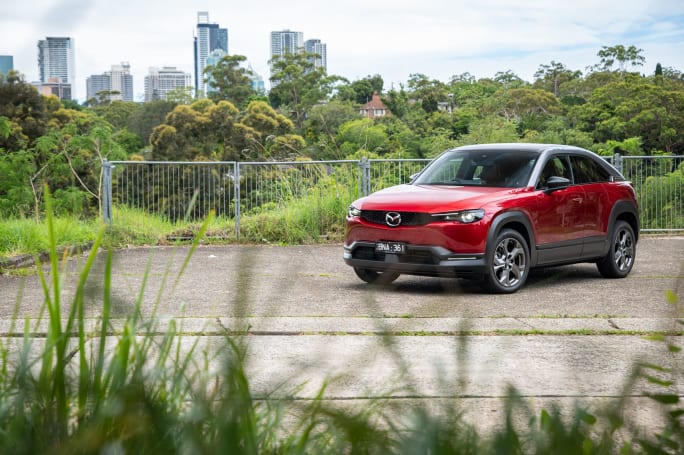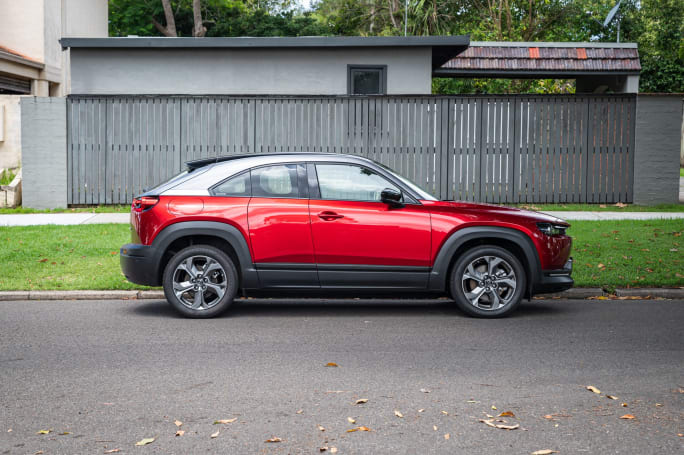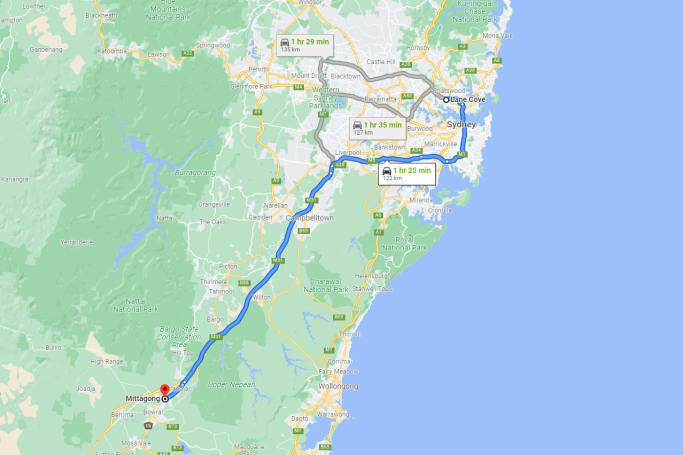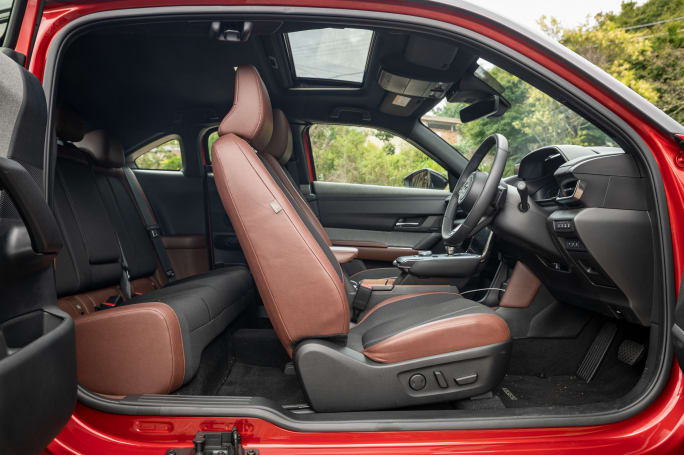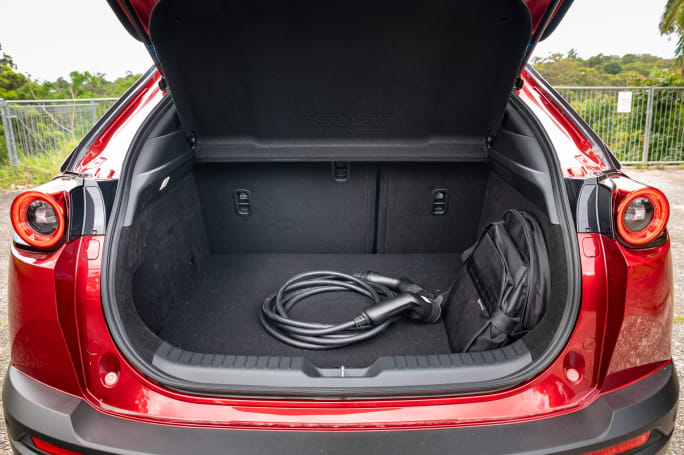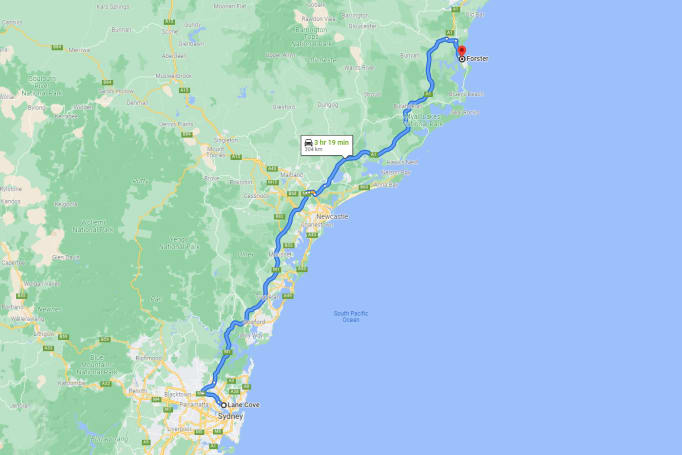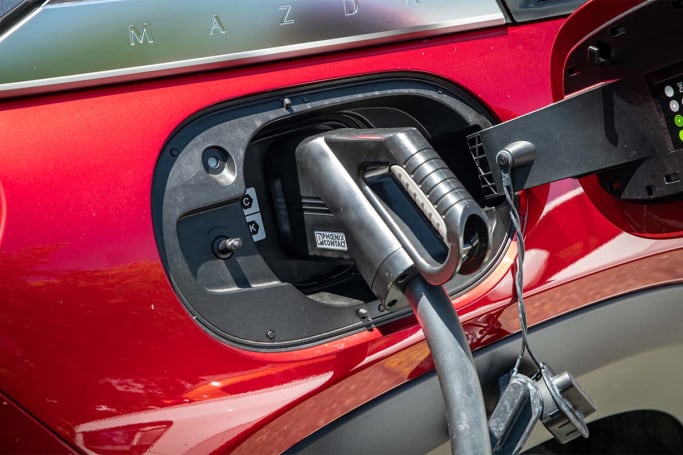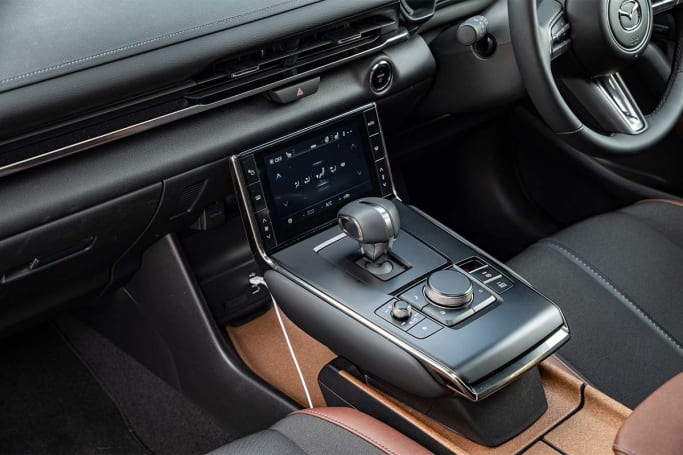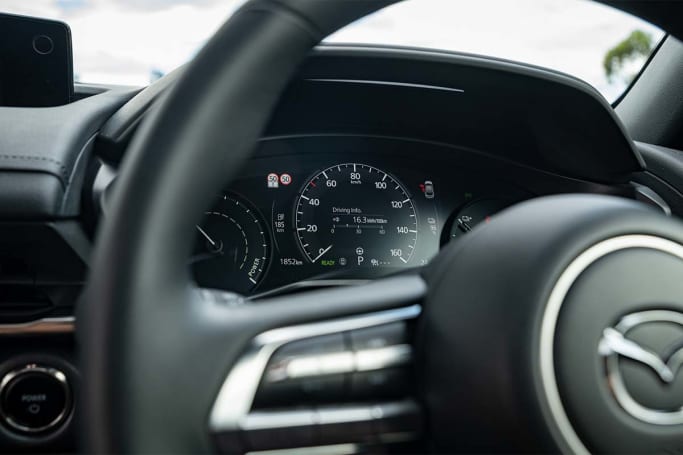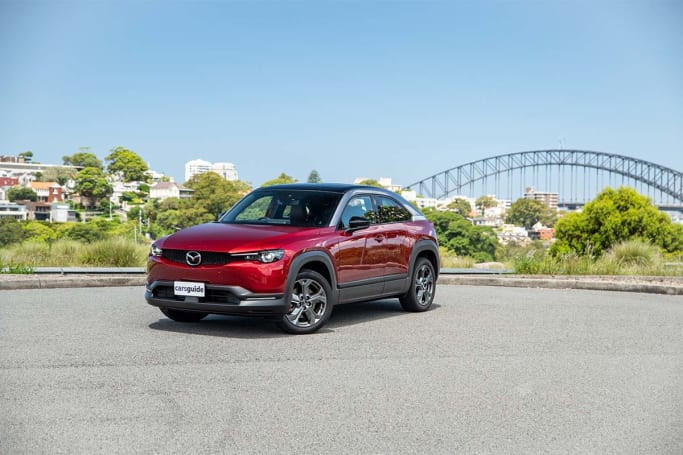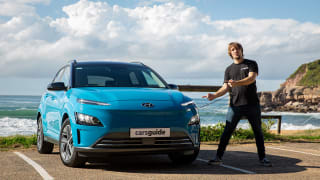The MX-30, in the brand’s signature ‘Soul Red’ lustre, is replacing my previous long-termer, the Nissan Leaf e+.
The little Nissan was a tad smaller and more traditional, but packed a significantly larger battery, with around 385km of range on a single charge.
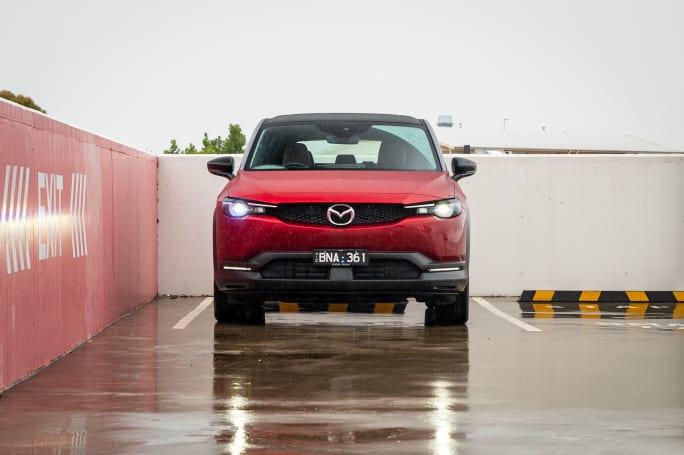
That was appropriate for most scenarios – even coastal holidays, provided you planned your route, so I was particularly keen to see if this Mazda could be as convenient.
The ride home is immediately impressive. The Mazda feels great with its array of interesting cabin materials, and the electric drive features are even smoother than those on offer in the Leaf.
While you still get a quaint analogue power dial, the digital dash and dual screens in the cabin feel far more sci-fi than the Nissan.
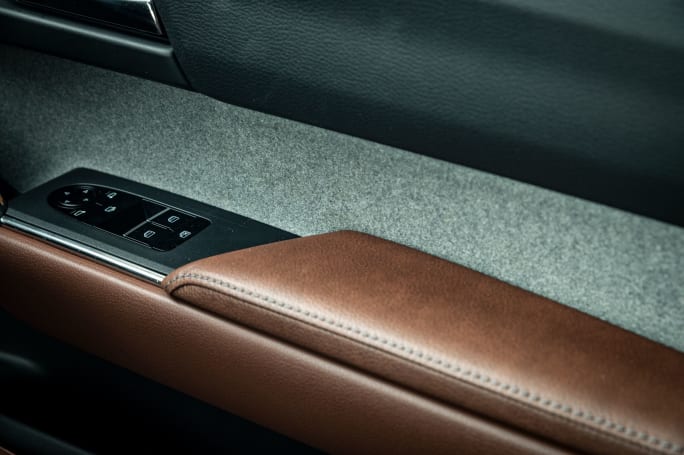
And the recycled cork materials, seats clad in synthetic leather and cloth, and the interesting door cards and centre console all give the Mazda the feel of an upmarket EV, even more than its alarming $65,490, before on-road costs, price tag might suggest.
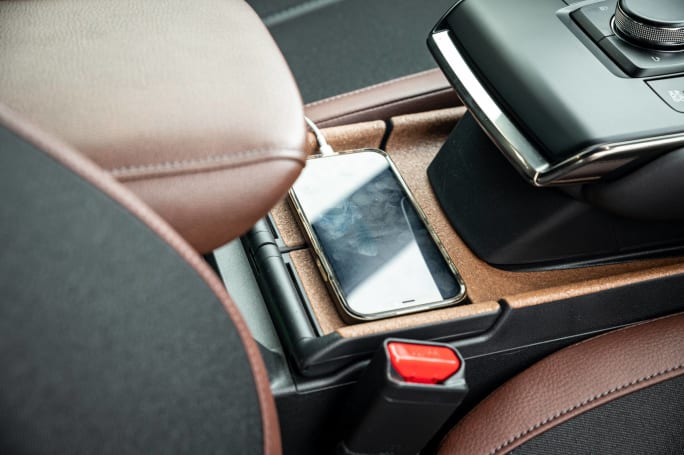
While I adjusted to the Mazda’s milder regenerative braking tune on the way home, I was also reminded of this car’s more immediate usability flaws.
As nice as it is having widescreen Apple CarPlay on the 8.8-inch media panel, it’s non-touch, and requires clumsy operation via a dial located in the centre console.
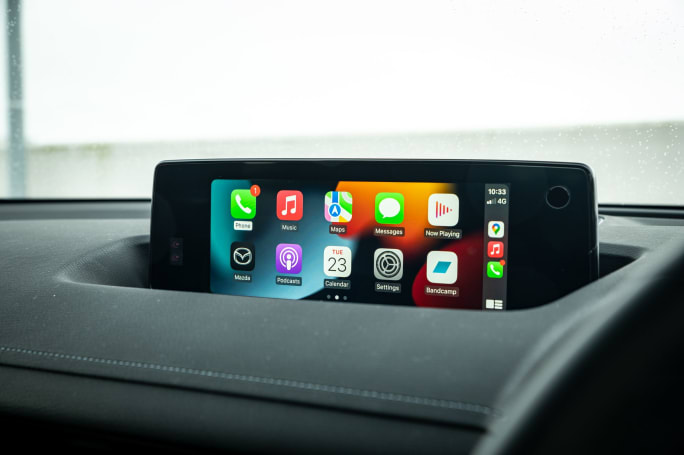
It’s sort of okay for flicking through apps and the relatively simple Mazda software, but trying to enter an address in your navigation suite of choice? No thanks.
The next issue I ran into was opening the doors when I got home. Who would have thought something so simple would be an issue? The MX-30’s clamshell rear doors are a throwback to some great Mazda ancestors like the RX-8 but trying to use them in a tight unit parking spot proved painful.
You have to open the front door so far to get the rear one to swing out there are times where you won’t be able to access the rear seats. What a shame.
Other EV quirks include a huge storage area under the centre console (which immediately became home to all sorts of loose objects) which also features a full-size power outlet (I’m hoping this will come in handy), and elsewhere it gets paddle-shifters on the wheel to adjust its four levels of regenerative braking. Neat.
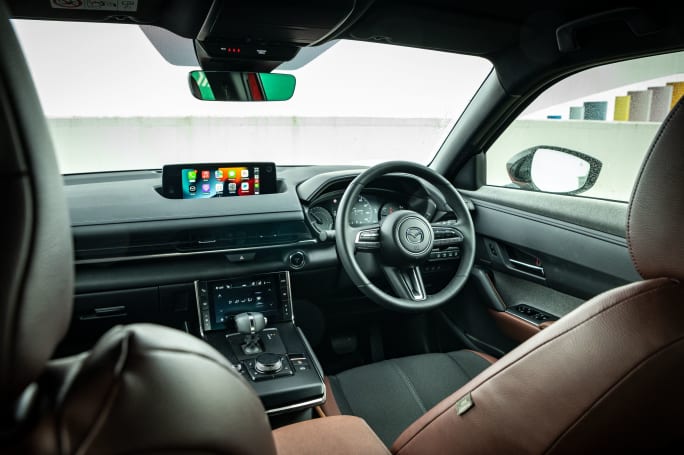
In terms of distance travelled the first 500-plus kilometres travelled in our first month were largely spent kicking around town, to the shops, and visiting relatives.
The Mazda proved to be excellent for these urban duties. It’s nice and quiet at city speeds, with engaging steering and at times surprisingly firm suspension making it a hoot for darting around traffic in.
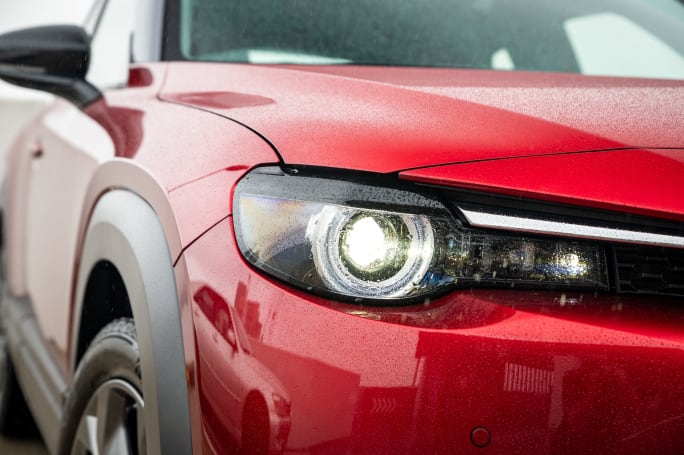
It also feels very light for an EV, thanks to that small battery pack, with what I would consider even better handling than its combustion CX-30 relation.
No range issues in the first month, either. Distance travelled was largely urban and there are two (free) AC charging units close to me, so no cost to charge for November.

Spending largely urban time behind the wheel with the regen setting maxed out also let the Mazda best its own combined energy usage claim of 18.5kWh/100km, showing 16.3kWh/100km for the month. That lands it close to the efficiency I scored in the Leaf.
This situation usually had the car floating around the 80–140km range mark with top-ups every couple of days.
Once you get in the rhythm of plugging in at the shops it becomes a largely forgettable exercise, and generally I found I had range to spare if I needed to do a day with a bit more driving involved.
Will it be enough to venture beyond the city limits though? You’ll have to wait until December’s instalment to find out.
Acquired: November 2021
Distance travelled this month: 549km
Odometer: 1292km
Cost to charge in November: $0
Average energy consumption for November: 16.3kWh/100km




